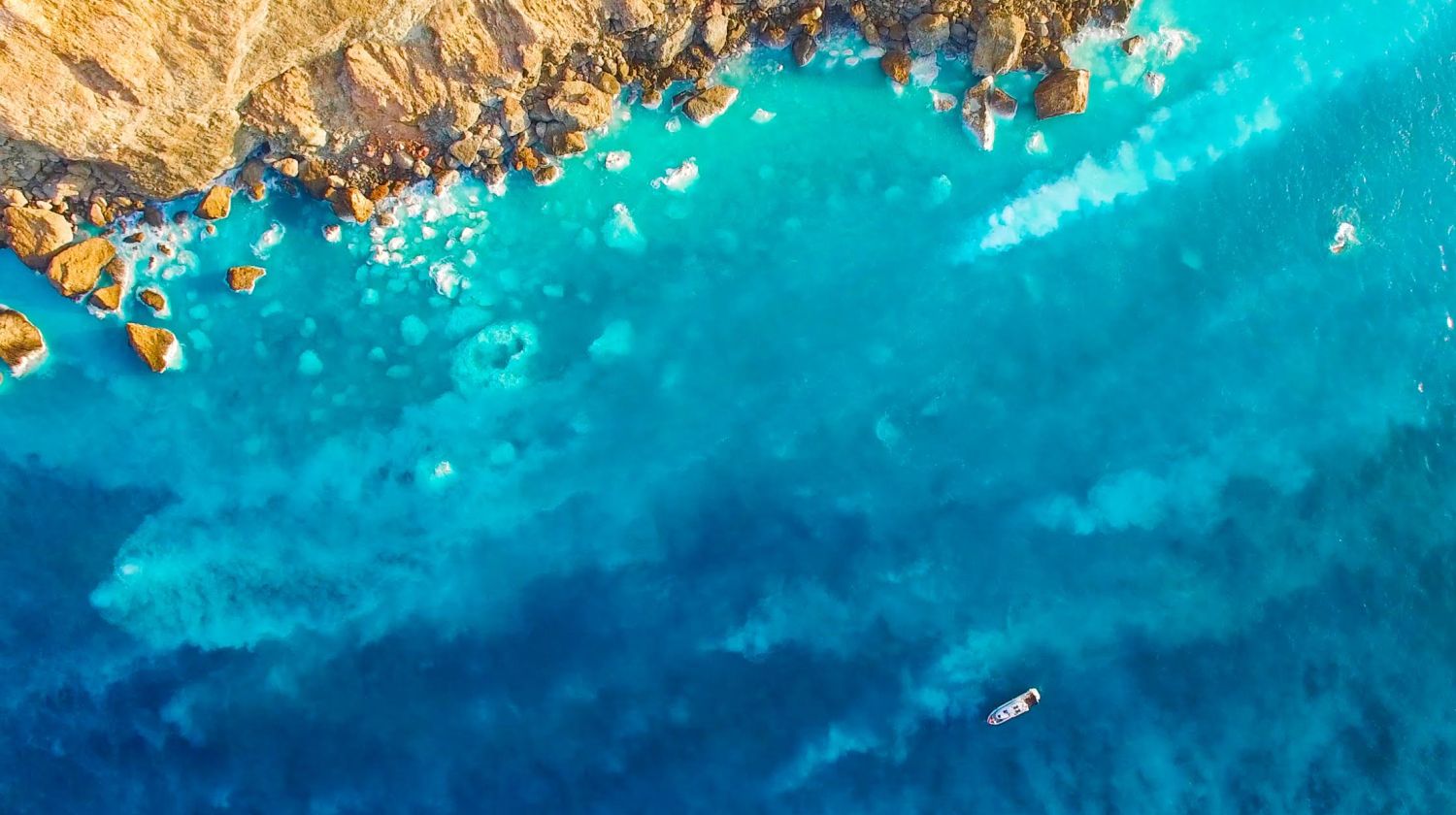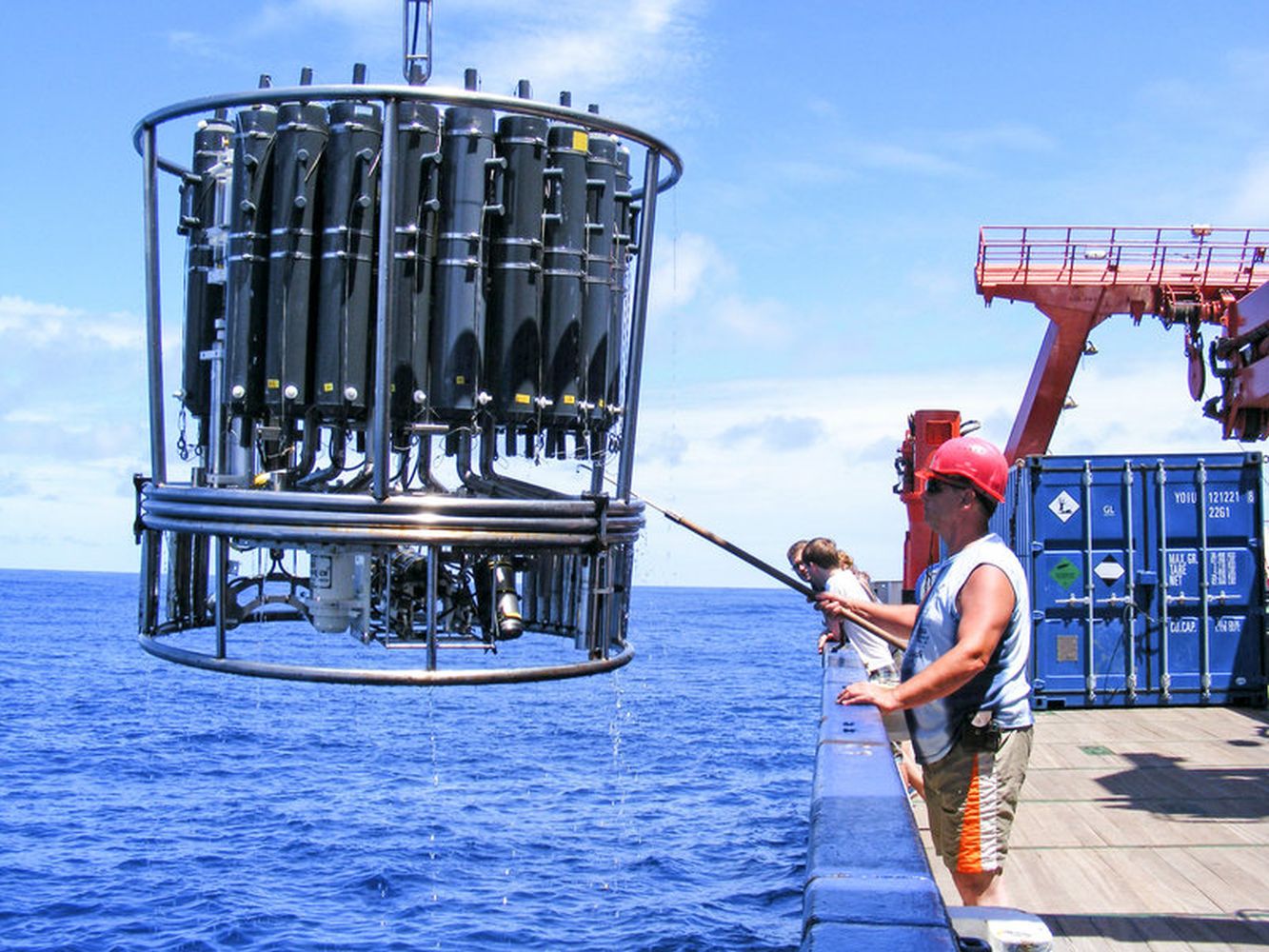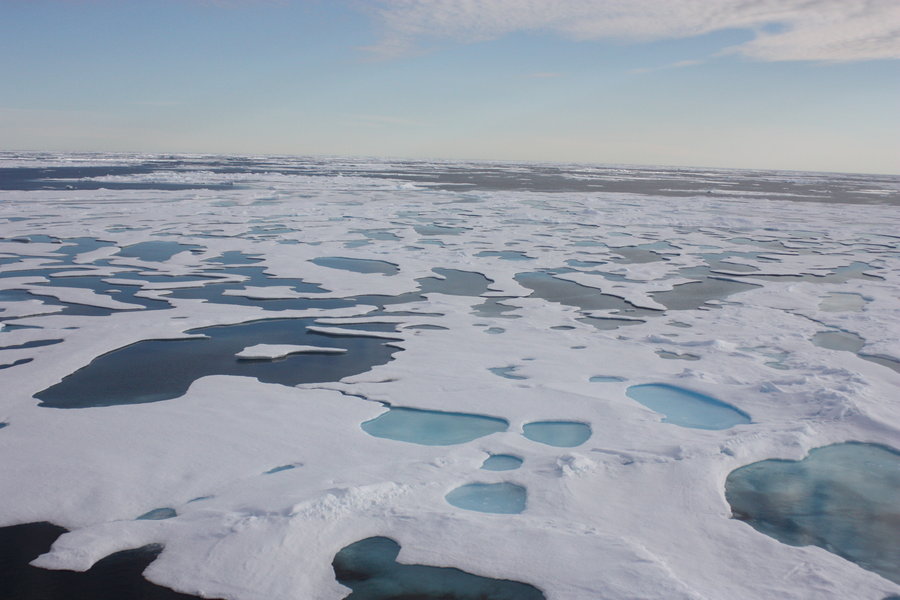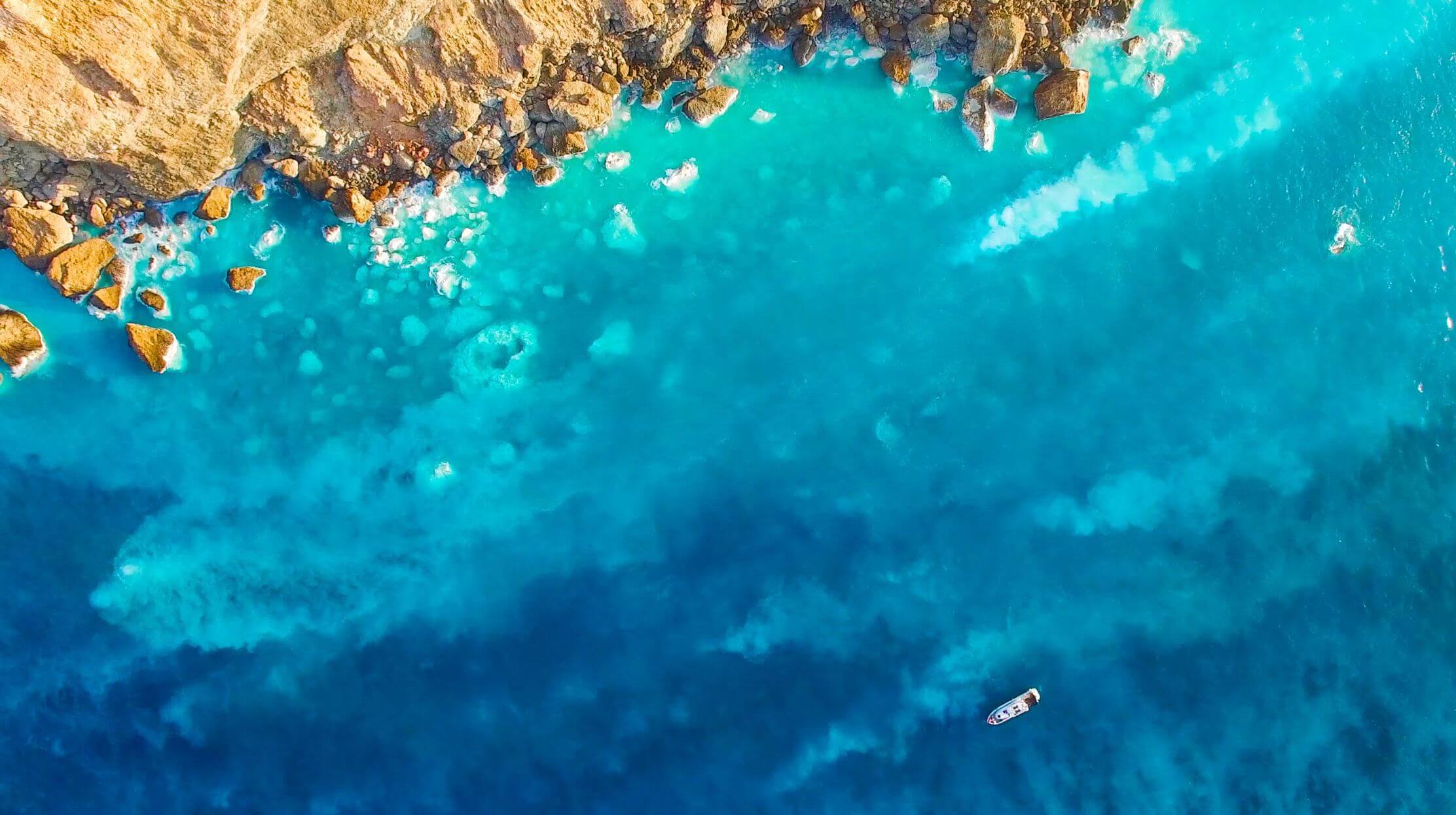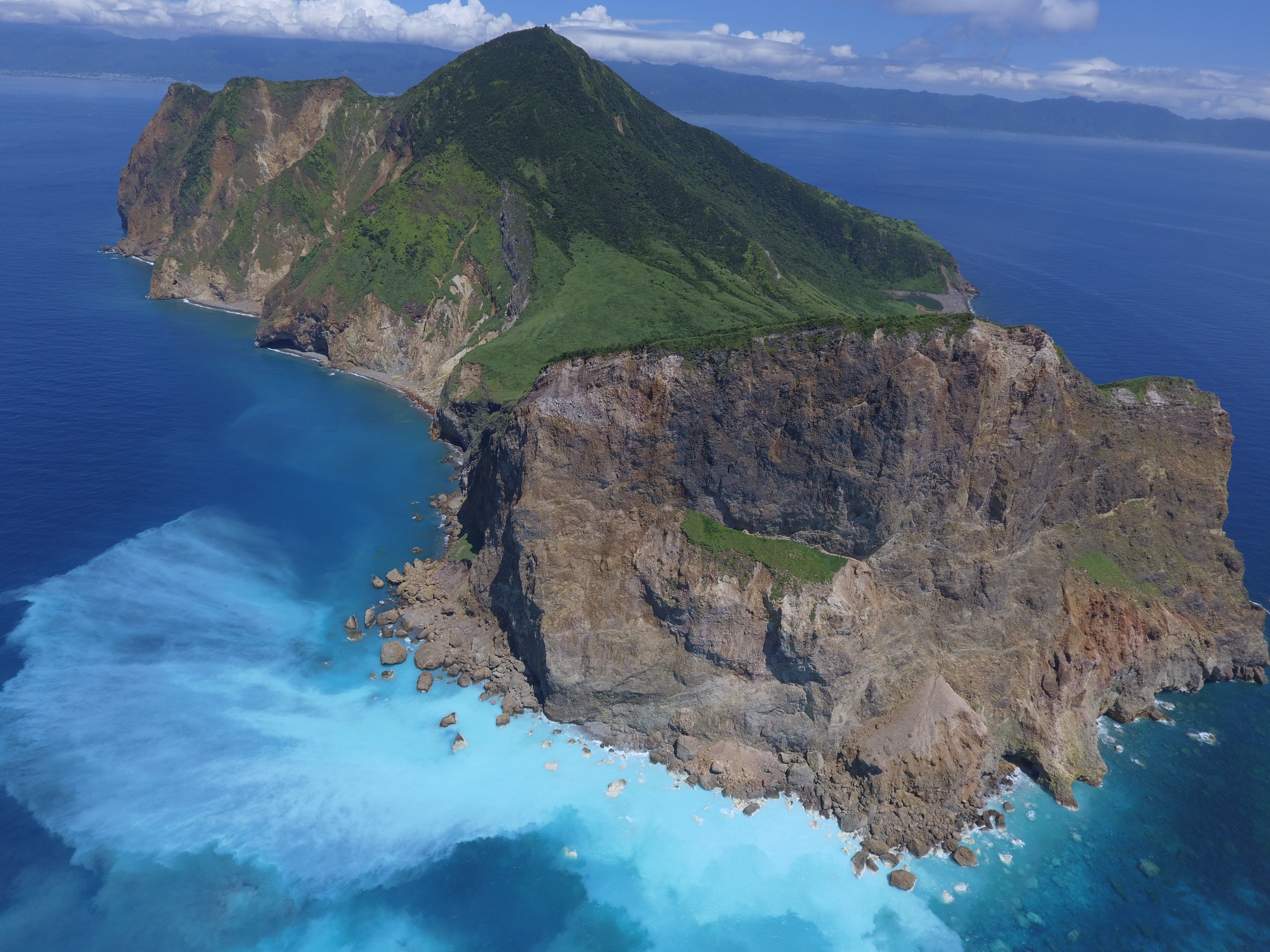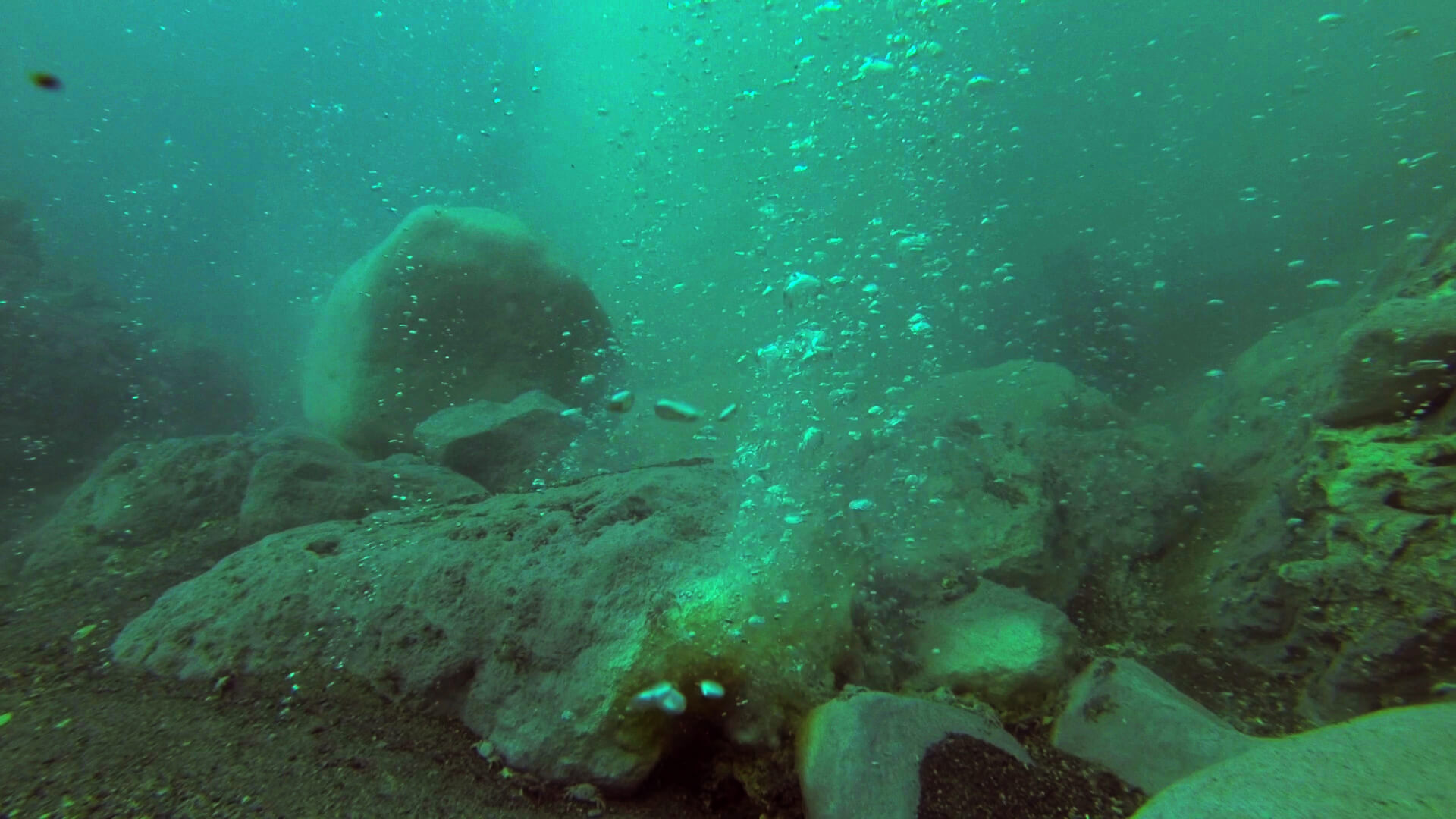For about ten years, marine researchers from the Institute of Geosciences at Kiel University (CAU), together with their Chinese and Taiwanese partners from Zhejiang University in Hangzhou and the National Taiwan Ocean University in Keelung, regularly collected data on geological, chemical and biological processes when two events disrupted the results of the time series in 2016. First, the island was shaken by an earthquake and hit by the severe tropical typhoon Nepartak only a few weeks later. On the basis of data collected over many years, the researchers from Kiel, China and Taiwan were now able to demonstrate for the first time that biogeochemical processes had changed due to the consequences of the enormous earthquake and typhoon and how different organisms were able to adapt to the changed seawater biogeochemistry in the course of only one year. The first results of the interdisciplinary study, based on extensive data dating back to the 1960s, were recently published in the international journal Nature Scientific Reports.
"Our study clearly shows how closely atmospheric, geological, biological and chemical processes interact and how an ecosystem with extreme living conditions such as volcanic sources on the ocean floor reacts to disturbances caused by natural events," says Dr. Mario Lebrato of the Institute of Geosciences at the University of Kiel.
For years, scientists led by Dr. Dieter Garbe-Schönberg and Dr. Mario Lebrato from the Institute of Geosciences at the CAU have been researching the shallow hydrothermal system "Kueishantao". The selected site has a large number of carbon dioxide emissions in the shallow water. In addition, the sources release toxic metals. Sulphur discolours the water over large areas. The volcanic gases - with a high sulphur compounds - lead to a strong acidification of the sea water. Through methods of airborne drone surveying, modelling, regular sampling and laboratory experiments research into the hydrothermal field therefore makes an important contribution to the effects of ocean acidification on marine communities. Only a few specialized animal species such as crabs, snails and bacteria live in the immediate vicinity of the sources. A few metres away, on the other hand, is the diverse life of a tropical ocean.
"Due to the high acidity, the high content of toxic substances and elevated temperatures of the water, the living conditions prevailing there can serve as a natural laboratory for the investigation of significant environmental pollution by humans. The sources at Kueishantao are therefore ideal for investigating future scenarios," says co-author Dr. Yiming Wang, who recently moved from Kiel University to the Max Planck Institute for the Science of Human History in Jena.
After the severe events in 2016, the study area changed completely. The seabed was buried under a layer of sediment and rubble. In addition, the acidic warm water sources dried up, and the composition of the sea water had significantly and continuously changed over a long period of time. Aerial photos taken with drones, samples taken by research divers from Kiel and Taiwan as well as biogeochemical investigations clearly showed the spatial and chemical extent of the disturbances. These were recorded by the biologist and research diver Mario Lebrato and his Taiwanese colleague Li Chun Tseng and compared with the results of earlier samplings. "What initially looked like a catastrophe for our current time series study turned out to be a stroke of luck afterwards. This gave us the rare opportunity to observe how organisms adapt to the severe disturbances. We were able to draw on a comprehensive database to do this" explains project manager Dr. Dieter Garbe-Schönberg from the Institute of Geosciences at Kiel University.
The study is the first result of the project "The Kueishantao hydrothermal field as a natural laboratory for the investigation of the effects of ocean acidification" (until December 2020), funded by the Federal Ministry of Education and Research (BMBF) within the framework of the programme Research for Sustainable Development (FONA3) and have been carried out in close cooperation with Taiwanese and Chinese partners.
Original work
Lebrato, M., Wang, Y.V., Tseng, L. et al. Earthquake and typhoon trigger unprecedented transient shifts in shallow hydrothermal vents biogeochemistry. Scientific Reports 9, 16926 (2019), https://doi.org/10.1038/s41598-019-53314-y
Video of the study area
https://www.youtube.com/watch?v=us6hIY5MqGU
Links
www.marineclimateresearch.ifg.uni-kiel.de (Institute for Geosciences, Marine Climate Research)
www.kms.uni-kiel.de (Priortity research area Kiel Marine Science)
Scientific Contact
Dr. Dieter Garbe-Schönberg
Institute for Geosciences (CAU)
dieter.garbe-schoenberg@ifg.uni-kiel.de
(only available by mail, currently on FS Sonne)
Dr. Mario Lebrato
mlebrato13@gmail.com
Phone (+44) 7342 949332
…
Press material
Luftaufnahme von den säurehaltigen heißen Quellen im Flachwasser der taiwanesischen Kueishantao Vulkaninsel, sichtbar durch die weißliche Verfärbung des Meerwassers durch Schwefel.
Foto: Mario Lebrato, Uni Kiel
Luftaufnahme von der Kueishantao Vulkaninsel vor der Ostküste Taiwans.
Foto: Mario Lebrato, Uni Kiel
